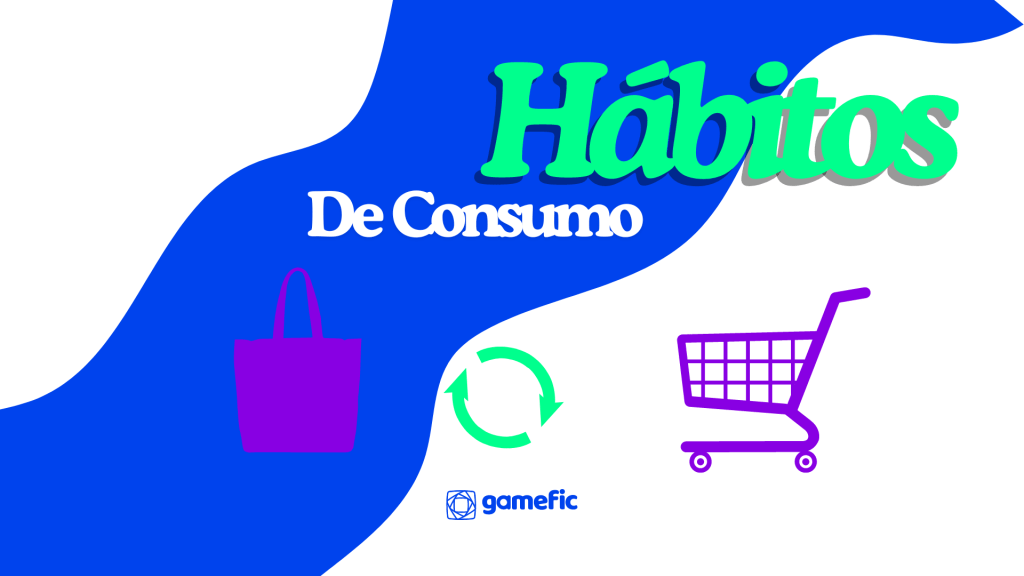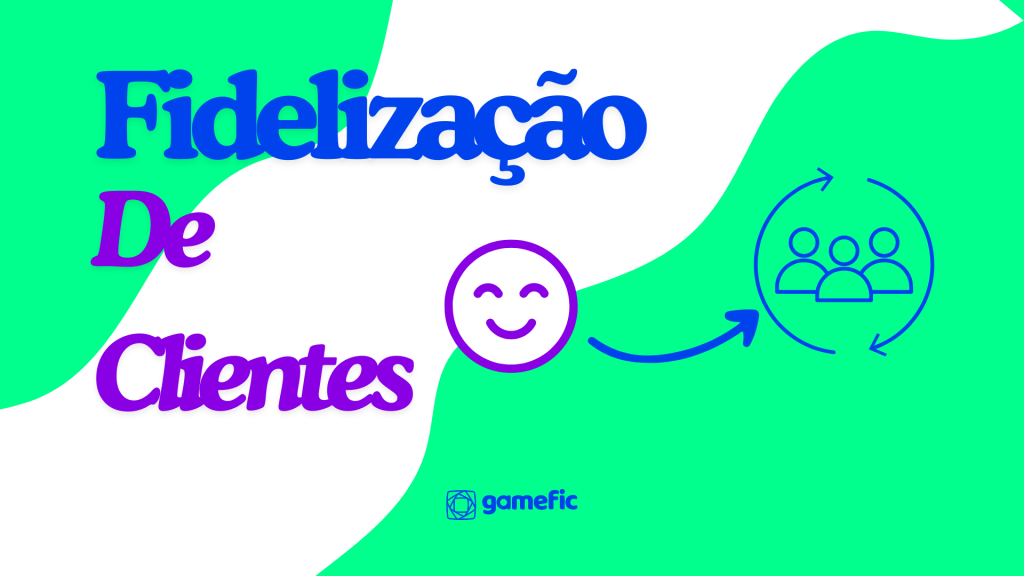The application of gamification in work and education environments has been gaining strength every day.
It is proven that the use of game elements helps to better understand and engage the user in the activity to reach the final goal with greater use.
However, some companies may still not have understood the concept of gamification very well. Therefore, they end up making some mistakes.
With that in mind, we made a list of these main mistakes made in the implementation of gamification. Let’s see how to avoid them and understand how to use this powerful tool successfully.
Watch out: this list contains errors that should be avoided
Índice
- 1 Watch out: this list contains errors that should be avoided
- 1.1 1. Use of gamification as entertainment
- 1.2 2. Being part of a whole
- 1.3 3. Management involvement
- 1.4 4.Lack of a concrete goal
- 1.5 5. Win, win, win
- 1.6 Therefore, it is not about who learns better or faster, but about learning to apply with excellence in everyday life.
- 1.7 6. Data monitoring
- 1.8 7. Strategy presentation
- 1.9 8. Distribution of rewards
- 2 BONUS TIP: Evaluate the supplier well
Gamification must be an important ally to development and learning. It is an innovative solution and should be studied thoroughly to avoid common mistakes, such as those presented in the list below.
1. Use of gamification as entertainment
The first mistake made is using gamification as a tool for entertainment.
In fact, the thought of the application just for fun ends up taking away the credibility and all the strength that the tool has.
The elements of games in the work environment serve to add dynamics to the tasks, besides motivating to engage teams in a bigger objective: learning.
2. Being part of a whole
Gamification must be part of a larger strategy. The tool must be integrated with the other actions of the organization.
In this way, the objective becomes clearer for everyone. And learning makes more sense. Finally, teams become more harmonious and work more closely together when they see themselves as a part of a whole.
3. Management involvement
Another common mistake is to apply gamification to operational levels only.
When this happens, leaders and managers come to have a mistaken view of the strategy’s effectiveness. Due to a lack of knowledge of the tool, they believe that their team members are wasting time with distractions and decreasing productivity.
This will certainly impact the results and the collective view of the real benefits of gamification.
4.Lack of a concrete goal
As we said at the beginning of the text, gamification has given good results for those who use it. However, it is necessary to have a clear objective for its implementation.
Just surfing the wave and showing yourself as an innovative company is not the way.
Gamification is useful and brings results when the problem has been identified. In other words, it serves to minimize difficulties such as lack of productivity, engagement or motivation, for example.
5. Win, win, win
It is worth remembering: the goal of gamification is not to encourage aggressive competitiveness in the workplace.
The tool is about learning. It is about the evolution of practices and processes. Every proposed element or objective is to train improvements in the organization’s weak points.
Therefore, it is not about who learns better or faster, but about learning to apply with excellence in everyday life.
6. Data monitoring
Once hired, the gamification platform must be exploited to the maximum, which many companies do not do.
For each task, several metrics are generated for management. In this way, it is possible to measure the performance of each player.
Even more, with this information in hand it is possible to offer instant feedback, improving the communication and engagement of the participants.
7. Strategy presentation
For gamification to make sense and have the expected results, it is necessary to present the strategy for the entire organization.
Thus, everyone will have knowledge about the tool, the objective of using it and what impacts are expected with the development of activities.
This creates more empathy for the novelty and increases the level of engagement.
8. Distribution of rewards
One of the most well-known elements of games is the reward.
Good performance is expected to be rewarded, well evaluated. However, a very common mistake is the overuse of bonuses during the game.
In gamification, the rewards strategy must be very well thought out and distributed in the exact proportion of the user’s performance.
Excessive use of rewards decreases engagement and the level of effort in participating in activities.
BONUS TIP: Evaluate the supplier well
You saw here that, to implement gamification, it is necessary to avoid some common mistakes that can finish the strategy before the game even starts.
Gamification needs to be developed with attention and strategy. Therefore, having a good supplier to implement this innovation in companies is essential to avoid spending lives for nothing and having problems with the big boss up front.
Avoid the game over and meet Gamefic!







